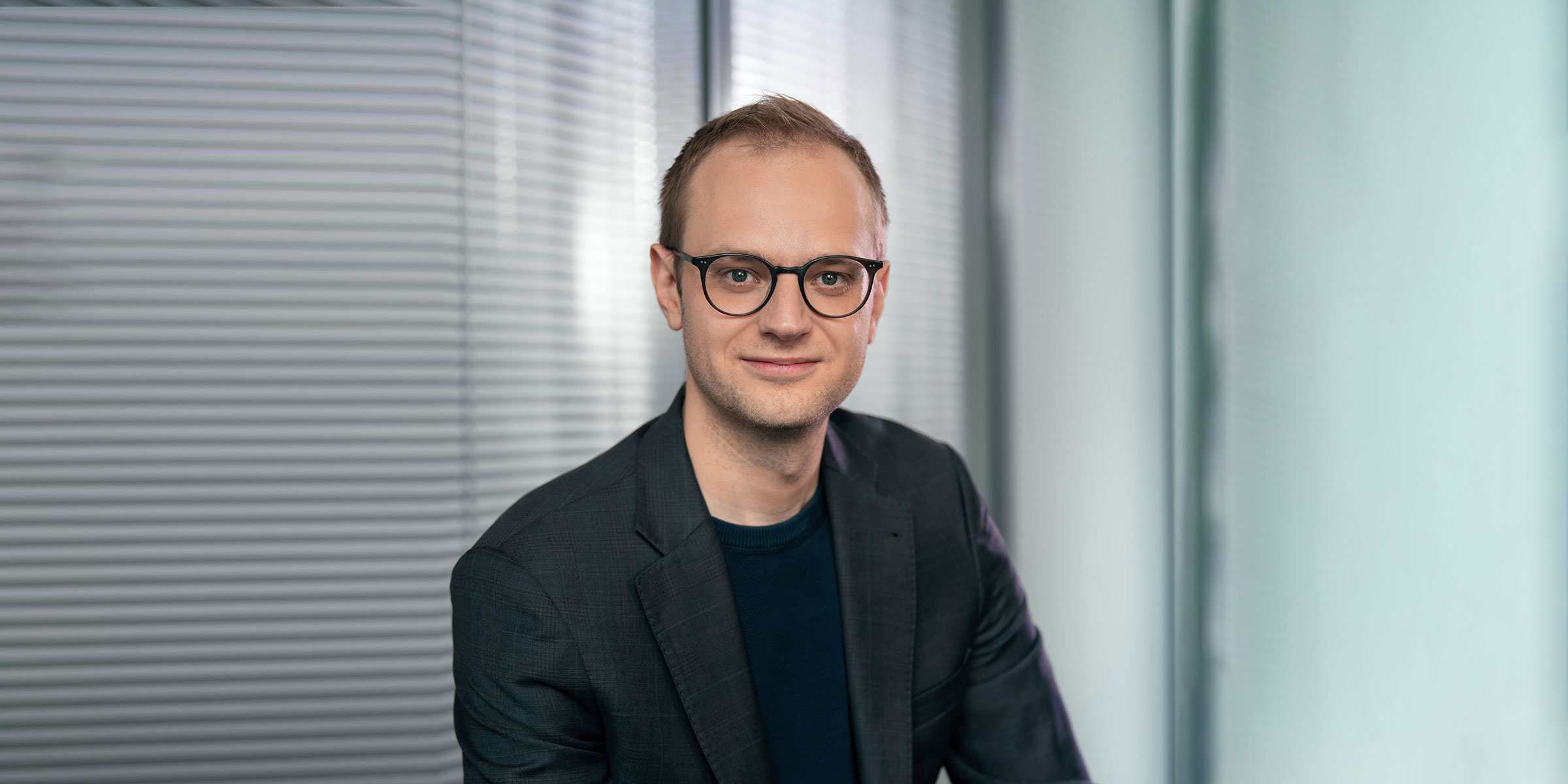ERP Today talks to Celonis co-founder and co-CEO Alex Rinke.
Think process mining, and you’re likely to think of Celonis. Co-founded in 2011 by co-CEO Alex Rinke, alongside Bastian Nominacher and Martin Klenk, the startup began as a spin-off from the Technical University of Munich, and within one year joined the SAP Startup Focus program. By 2015, Celonis was the first company from the program to sign a reseller agreement with SAP.
Today Celonis boasts partners such as IBM, Accenture, ServiceNow, and Red Hat, and hosts an annual Celosphere event to showcase the latest updates to its execution management software. On the eve of Celosphere 2022 in Munich, Germany, Rinke exclusively talked with ERP Today about how one of the company’s latest platforms – Celonis Process Sphere – can aid with supply chain disruption. Last August saw Celonis secure $1bn at a $13bn valuation to tackle supply chain challenges, with Process Sphere doubling down on the company’s thesis. The business calls the solution the industry’s first ‘Process-MRI’, giving a visual, three-dimensional overview of processes. The business calls the solution the industry’s first ‘Process-MRI’, giving a visual, three-dimensional overview of processes.
In nice timing with COP27, Celosphere ‘22 also saw Celonis announce it was partnering with leading business sustainability ratings platform EcoVadis. Under the partnership, Celonis Execution Management System will integrate EcoVadis ratings and offer tools such as a carbon calculator.
I like to compare it to Google Maps, where you can zoom in and look at the granular detail.
Supply chain and ESG – these topics as discussed by the co-chief exec remain hot as we go into 2023, a year which will likely see Celonis continue to chart an independent path in enterprise tech.
Giacomo Lee (GL): The big talk from Celonis, including through your partnership with IBM, is supply chain management. What do you predict for supply chains in 2023?
Alex Rinke (AR): I’m not a microeconomic expert, but I think this economic condition is going to sustain for some time. In this situation, businesses that can adapt quickly and run and execute well, [we] can separate from those that can’t. These crises usually weed out the businesses which aren’t innovative enough.
For a long time, supply chain was about getting everything cheaper and faster, usually from China, as long as the quality was OK. Now obviously, everyone is worried about what’s going to happen with China. So people are configuring their supply chains to be more local, to be more sustainable, to be more strategic. Plus companies need to reduce emissions within the supply chain. So there’s a confluence of factors that’ll make the supply chain topic very relevant for a sustained topic of time.
GL: How does the EcoVadis collaboration work with this platform? And what does this partnership offer the enterprise space in terms of ESG and sustainability?
AR: We can show you which of your suppliers don’t have great ratings (on EcoVadis), who work in risky product categories. We can surface that to you in the system, so there are infinite possibilities with the more data you add. That’s why we’ve partnered with EcoVadis and other companies to add sustainability data to this.
These crises usually weed out the businesses which aren’t innovative enough.
GL: How can your updates help with supply chain management?
AR: We’re basically launching a complete reinvention of the core technology. It’s going to increase the value and potential of process mining, so it’s a very meaningful step not just for the company but also the whole industry.
In reality, business is many organizations and processes interacting with each other. We want to be able to represent the entire event for the entire business and its multiple processes. With Process Sphere, it’s a new way for customers to mine (and gain) an entirely new perspective on their businesses. It’s like moving from 2D to 3D.
GL: Yes, the Process Sphere UX reminds me of the New York subway map, design wise. How important is design in all this, especially as you aim to attract all kinds of enterprises with this release?
AR: It offers an end-to-end view across the whole spectrum. If you think of the IT sprawl, this sits on top of everything and offers an integrated view of how all processes work together, where time is lost, where you’ve spent too much effort. It can drill down by supplier, material, regions. I like to compare it to Google Maps, where you can zoom in and look at (the granular detail).
We don’t buy into the idea that RPA is a gamechanger for the enterprise stack. It’s just too brittle.
GL: You started out in ERP, with SAP as one of your earlier customers. What would you say about the evolution of enterprise technology in the lifespan of Celonis? RPA seems to be in trend, for example.
AR: It’s really important to break down what’s happening to enterprise technology in general. We moved into integrated systems for finance, sales, marketing, supply chain, all these different processes running on one system. It was very successful in the 1990s and 2000s, until cloud came along and brought down cost and raised speed. So companies run cloud technology, with a sprawl of different applications.
The problem here is you don’t have an integrated view of your processes. That’s what we do. And we think that a huge part of the automation space is going to be contained by process mining with execution management on top of it.
When you think about RPA, this is a very brittle technology that’s only automating small tasks within individual processes. It’s a very old-school stack. So we don’t buy into the idea that RPA is a gamechanger for the enterprise stack. It’s just too brittle.
GL: Are there other hyped technologies you’d describe as brittle?
AR: There’s always hype in our industry. But I think RPA was an extreme case (laughs). You have tens of thousands of UI bots, and they’re automating away – it just doesn’t make a lot of sense.
People are realizing that the way they used to run their business for the last 20 years, it’s not the way they’re gonna run it for the next 20.
GL: What can an independent company like yours offer in the enterprise space?
AR: We’re still building a company, firstly. And if you think of this IT sprawl of many different applications, you need a platform (as an overview).
ServiceNow is a very similar idea, but they are backbone. We’re focused on process data, enabling the ServiceNow platform to focus on enterprise workflow.
GL: How far have you come since inception, and what’s next?
AR: We started the company a little over 11 years ago in Germany. Our initial idea was to bring the concept of process mining from research in academia into the real business world. We sort of stumbled across this by accident while in college and immediately saw the phenomenal potential it had for businesses everywhere.
Now we’re by far the market leaders in this industry, and still pioneering in this space. We have almost 3000 employees, with customers in the US, Europe and Asia.
Obviously I can’t talk about everything, but we want to maintain the very high speed of innovation, and we want to bring process mining to more customers and maintain the great partnerships we have with ServiceNow and others.
ServiceNow is a very similar idea, but they are backbone. We’re focused on process data.
GL: Is such progress possible in this troubled market?
AR: We want to make the most of the opportunity in this inflection point where people are realizing that the way they used to run their business for the last 20 years, it’s not the way they’re gonna run it for the next 20 years. They have to be more data driven, they have to be more efficient, more sustainable. And they have to do it all with mounting pressure from supply chains and inflation.
Pressure usually makes us think outside of the box. The great ability we have is to change and adapt, and here Celonis can play a big role.




